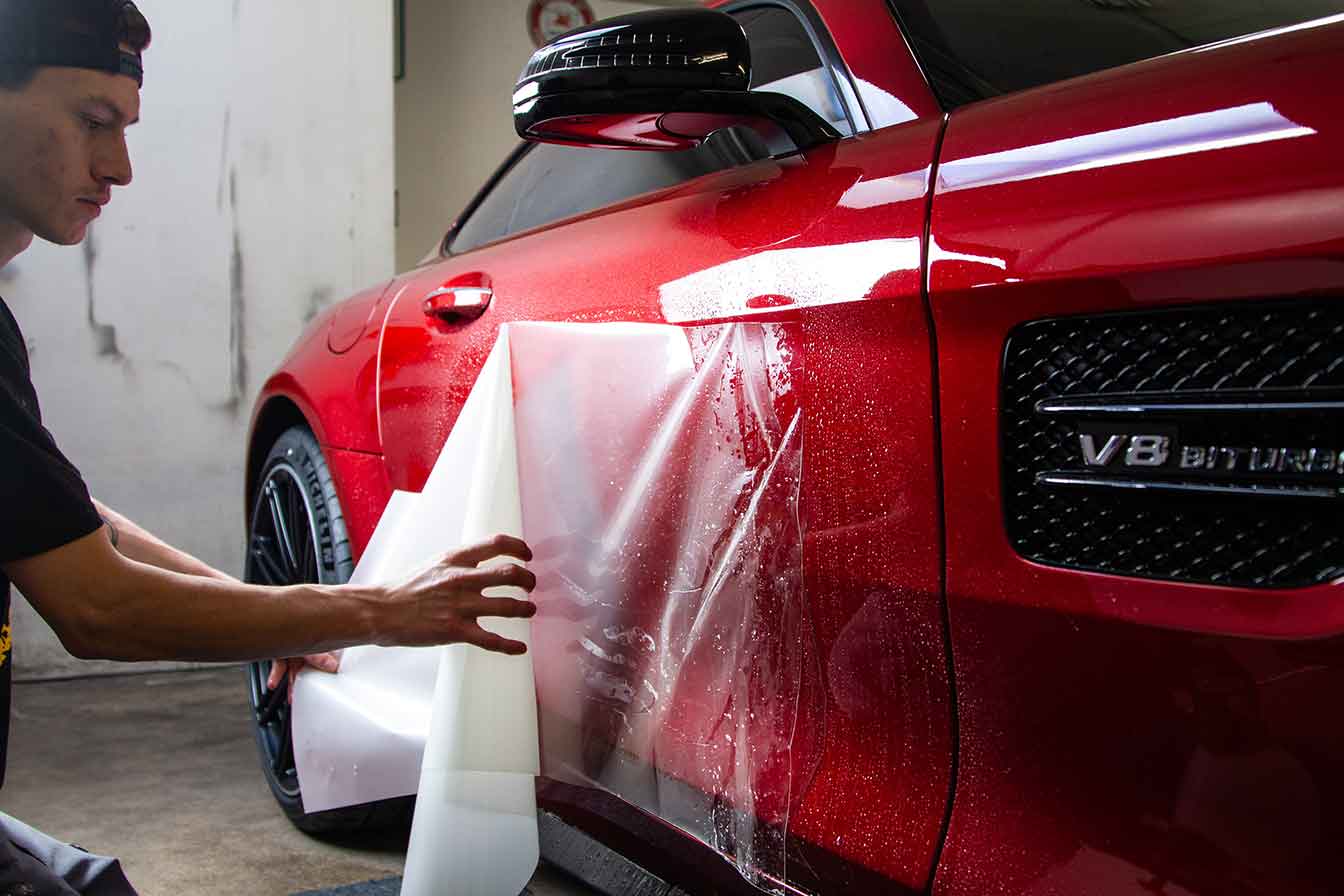Experience fast scratch repair Sarasota for a restored vehicle finish.
Experience fast scratch repair Sarasota for a restored vehicle finish.
Blog Article
A Comprehensive Overview to the Types of Ceramic Finishing on the marketplace
Ceramic coverings have emerged as a critical remedy across different markets due to their special residential or commercial properties and applications. As we explore the distinct qualities and applications of these layers, the effects for efficiency and longevity end up being increasingly evident, increasing concerns about which kind may best match your requirements.
Understanding Ceramic Coatings
Ceramic coverings are innovative safety services that have actually obtained appeal in different markets, specifically in auto and aerospace applications. These finishes contain a fluid polymer that, when cured, forms a durable, hydrophobic layer externally of the substrate. This layer offers enhanced resistance to environmental pollutants, UV radiation, and chemical exposure, thereby expanding the life and visual allure of the underlying material.
The essential element of ceramic layers is silica, which adds to their solidity and resilience. The application process generally involves surface preparation, application of the finishing, and treating, which can be attained through warm or UV light. As soon as cured, ceramic finishes display outstanding bonding residential or commercial properties, allowing them to stick highly to a variety of surface areas, including metals, plastics, and glass.
Along with their protective functions, ceramic finishes additionally use ease of upkeep. Their hydrophobic nature lowers the adherence of dust and gunk, making cleansing less complex and less regular. In general, the adoption of ceramic coverings stands for a substantial advancement in surface defense innovation, giving both functional and visual benefits throughout several markets.
Kinds Of Ceramic Coatings
Different kinds of ceramic coatings are offered, each made to fulfill certain efficiency needs and applications - Car Detailing. The most common types include:
Silica-based Coatings: These finishes largely consist of silicon dioxide and are understood for their durability and chemical resistance. They are commonly utilized in vehicle and commercial applications.
Titanium Dioxide Coatings: Popular for their photocatalytic homes, titanium dioxide layers are often applied in environments where self-cleaning and antifungal homes are desirable, such as in building materials and automotive finishes.
Zirconia Coatings: Identified by their high-temperature security and thermal resistance, zirconia finishes are used in applications such as wind turbine engines and high-performance automobile elements.
Alumina Coatings: Showing superb solidity and thermal stability, alumina coverings are frequently used in wear-resistant applications, consisting of reducing devices and industrial machinery. - Paint Protection Film
Crossbreed Coatings: Incorporating the buildings of various products, crossbreed coatings offer improved efficiency features, making them suitable for unique and requiring applications.
Each sort of ceramic coating offers distinctive functions, permitting customers to select the most ideal option based upon specific environmental conditions and performance needs.
Benefits of Ceramic Coatings
Coatings play a crucial role in enhancing the efficiency and long life of surfaces across numerous industries. Ceramic coatings, in particular, deal various advantages that make them progressively prominent amongst suppliers and consumers alike. Among the key benefits is their exceptional durability. These coverings are resistant to scrapes, chemicals, and UV rays, making sure that the underlying surface continues to be secured with time.
Along with durability, ceramic coverings offer outstanding hydrophobic homes, enabling for very easy cleaning and maintenance. This water-repellent nature lessens the adherence of dust, crud, and other impurities, which can prolong the visual charm and performance helpful site of the surface area. Ceramic finishes can dramatically enhance thermal resistance, making them ideal for applications that withstand high temperatures.

Application Process
When applying ceramic layers, a precise technique is essential to accomplish optimal results. The application process usually begins with detailed surface area preparation. This entails washing, sanitizing, and polishing the surface area to remove all contaminations, including dust, grease, and prior waxes or sealers. A clean surface area makes certain correct bond of the finish.
Once the surface is prepped, the following action is to use the ceramic finish. This can be done using an applicator pad or a microfiber towel, ensuring also protection. It is critical to function in little areas to preserve control and protect against premature curing. The finish ought to be used in thin layers, as thicker applications can lead to unequal coatings.
After application, the covering needs a specific treating time, usually varying from a couple of hours to a full day, relying on the product. During this time around, it is crucial to avoid exposure to wetness or pollutants. Lastly, a mild buffing might be essential after curing to enhance the gloss and remove any type of high areas. Adhering to these actions carefully will make best use of the effectiveness and longevity of the ceramic coating, supplying a long lasting safety layer for the surface area.
Maintenance and Durability
To make certain the durability and effectiveness of a ceramic layer, regular maintenance is crucial. Ceramic coverings, known for their resilience and protective high qualities, need particular care regimens to maximize their life-span and efficiency.
In addition to normal cleaning, regular examinations are vital. Search for indicators of wear or damage, such as hydrophobic residential properties lessening or surface area imperfections. If needed, a light gloss might be put on revitalize the layer without stripping it from this source away.
Moreover, the application of a booster spray can improve the coating's hydrophobic effects and restore its gloss. This is specifically beneficial for finishes that have been in usage for a click this site prolonged duration. Ultimately, by sticking to these maintenance methods, one can significantly prolong the life of a ceramic layer, ensuring that it remains to supply optimum security versus ecological elements and maintain the aesthetic allure of the car.
Final thought

Report this page